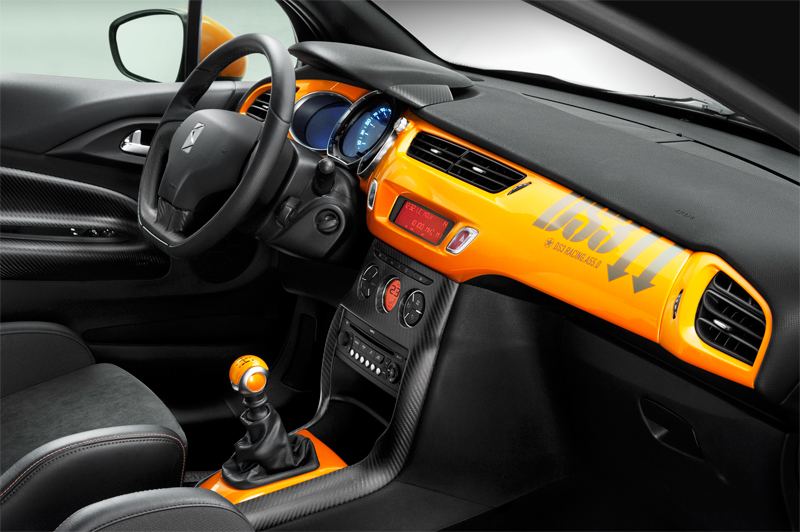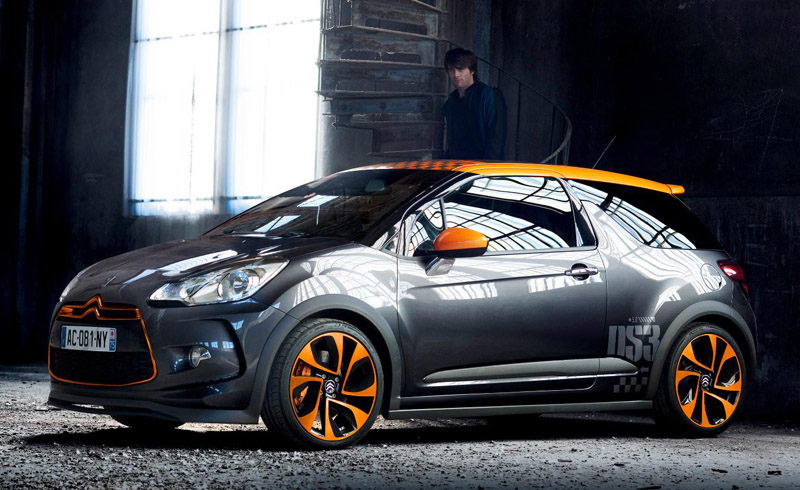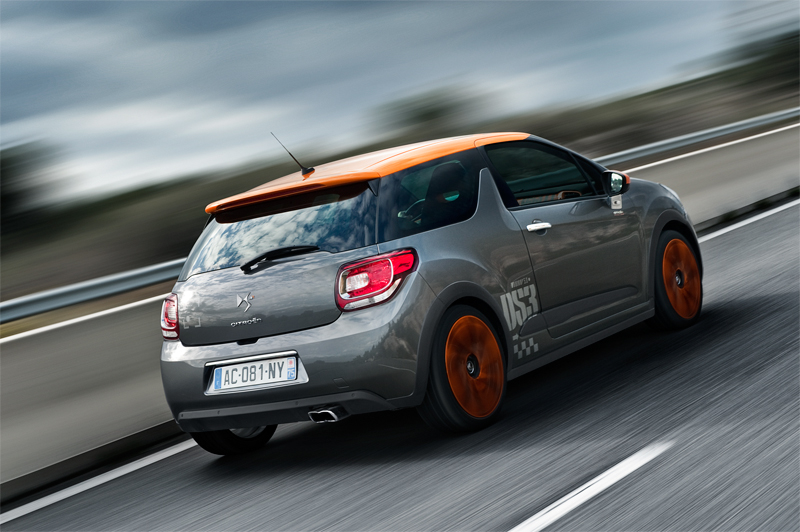Citroën DS 3 Racing: A look back at an iconic sports car
- Jérémy

- Jul 30
- 3 min read

Since its inception, the brand with the Double Chevrons has been intrinsically linked to innovation and comfort, qualities that have forged its identity and captivated generations of motorists. However, reducing Citroën to these aspects alone would mean overlooking an equally exciting facet of its history: that of performance and motorsport. From rally-raids to the World Rally Championship, Citroën has repeatedly demonstrated its ability to design vehicles capable of dominating the competition. It is in this lineage that the DS 3 Racing fits, a particularly sharp version of the premium city car that inaugurated a new era for the brand and richly deserves to open our series of articles dedicated to "Citroën performance cars". Let's take a look back at this muscular and colourful interpretation of the stylish DS 3.
An assertive style and bold personalization linking production cars and WRC
When the DS 3 was launched in 2010, it immediately challenged the norms of the city car segment. Breaking away from a certain stylistic discretion, it focused on a strong design, dynamic lines, and, above all, extensive personalization. Contrasting coloured roofs, mirror caps, wheels, interior trim... the DS 3 offered an almost infinite palette to allow each customer to create a vehicle in their own image. This bold approach was one of the pillars of its initial success. The Racing version capitalized on this uniqueness, adding a layer of heightened sportiness. Specific spoiler, redesigned bumpers, fender extensions, specific wheels, rear diffuser... every visual element announced its purpose: performance. This aggressive aesthetic was not just for show; it drew direct inspiration from the world of rallying and served as a stylistic bridge before the arrival of the DS 3 WRC. Developed in parallel, the DS 3 Racing embodied for the general public a preview of the racing machine that would replace the victorious C4 WRC and allow Citroën to continue its harvest of world titles with Sébastien Loeb and Daniel Elena. It materialized a tangible link between the team's success in the world championship and the production vehicles offered to enthusiasts.
Exciting performance for everyday use
Beneath its muscular appearance, the DS 3 Racing housed an engine capable of matching its sporting ambitions. It was equipped with a revised version of the 1.6 THP (Turbo High Pressure) engine found in other PSA Group models of the time, but here boosted to 207 horsepower at 6,000 rpm, with a generous torque of 275 Nm available from 2,000 rpm. These figures allowed this supercharged city car to achieve very respectable performance, including a 0 to 100 km/h acceleration in approximately 6.5 seconds and a top speed of around 235 km/h. But beyond the raw numbers, it was the character of the engine, full of vitality and low-end torque, that made the DS 3 Racing particularly enjoyable and effective on open roads. The chassis was not left out, benefiting from specific tuning by Citroën Racing engineers. Stiffened suspension, widened tracks, reinforced braking system (with Brembo calipers at the front on some versions)... everything was designed to offer precise handling and enhanced driving pleasure, without completely sacrificing comfort, a Citroën trademark, although firmer than on standard versions. Initially announced as a limited series of 1,000 units, the DS 3 Racing was ultimately produced in slightly larger numbers to meet demand. Throughout its career, several special versions emerged, often linked to sporting successes or partnerships, such as the DS 3 R WRC or the DS 3 Racing S. Loeb, further strengthening this undeniable link between the production car and competition.
By launching the DS 3, Citroën made a major strategic shift, repositioning the brand with a more premium approach focused on design and personalization. The DS 3 Racing was the perfect embodiment of this new dynamic, proving that Citroën could offer a city car that was simultaneously stylish, customizable, and resolutely sporty. It successfully capitalized on Citroën's immense success in the World Rally Championship, offering enthusiasts a production car that was a direct translation of the team's commitment and victories. More than just a boosted version, the DS 3 Racing was a real link between the track (or rather, the rally stages) and the road. It allowed customers to feel a part of the adrenaline and performance associated with the world championship-winning team, transforming the testbed of competition into commercial and image success. The DS 3 Racing remains memorable as a well-executed, boldly styled, and high-performing compact sports car on the road, an exciting chapter in Citroën's history, and a significant milestone in asserting the DS identity. It brilliantly demonstrated that performance and personality could coexist under the sign of the Chevrons.











Comments